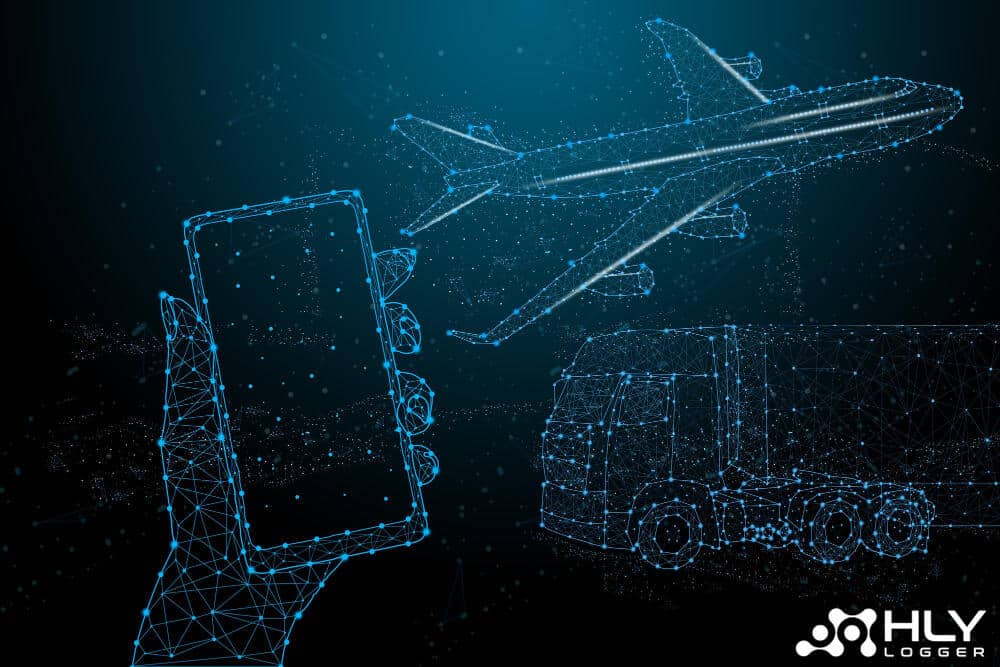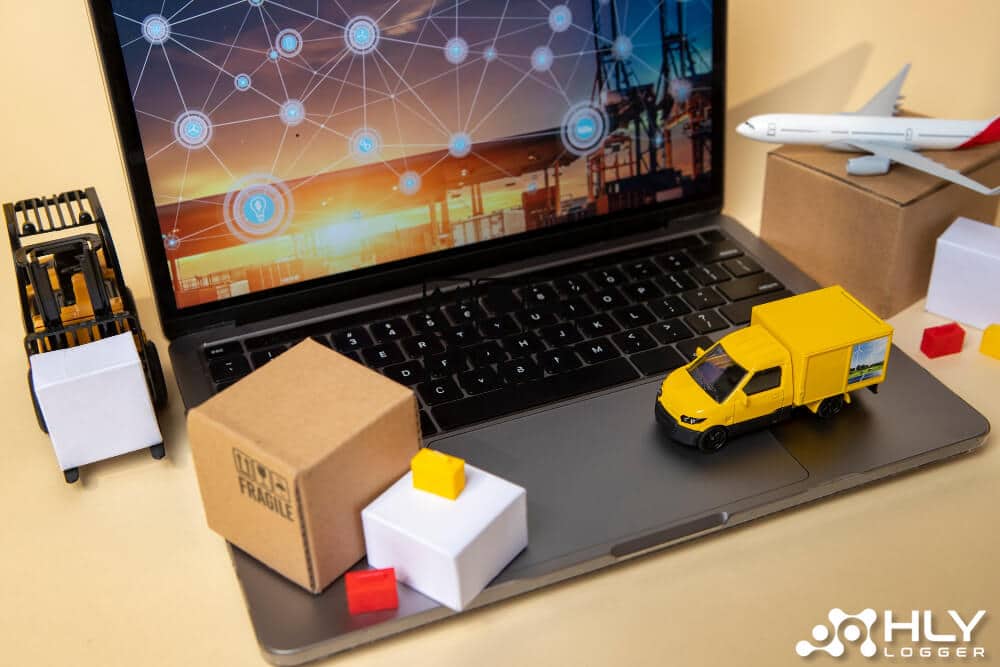The Internet of Things (IoT) is a concept revolutionising various industrial sectors, including logistics. IoT provides significant changes in managing the supply chain. IoT devices utilise sensors, GPS, and RFID (Radio Frequency Identification) technology connected to the internet.
The application of IoT for logistics can collect and share data in real time so that the logistics process runs more efficiently, transparently, and responsively. However, this does not mean that this technology has no challenges. In addition, building IoT technology requires important components, such as hardware, software, connectivity, and data analytics platforms.
Contents
Important Components of IoT Technology
Integrating important components allows the IoT for logistics systems to run in a structured manner. This technology can monitor real-time processes, manage data efficiently, and make better decisions for the entire supply chain. The most important component in IoT is the Sensor.
Sensors are the main components of the IoT system that collect data from objects or physical environments. In the logistics industry, humidity sensors can monitor the temperature conditions of perishable cargo and maintain goods that are susceptible to humidity. Vibration and motion sensors detect shocks and cargo position during shipping or other similar types of sensors.
The next component is the actuator, which controls physical devices. This component functions to open or close the container door if needed. IoT technology also requires a gateway device to connect sensors and other devices to the central network. This device functions as a connector and translator of data from IoT devices to the cloud system or central server.
The gateway can also pre-process data before sending it to reduce network bandwidth. Developing IoT for logistics requires an IoT Platform as a Cloud or Server. The IoT platform acts as a data processing and storage centre. Data sent from sensors and gateways is processed, stored, and analysed. Cloud-based IoT platforms are the main choice because of their scalability and ease of accessibility.
In its operation, IoT technology requires a communication network in the form of connectivity—a vital component to connect all devices in the IoT system. Network options can vary depending on location and data needs. Connectivity in the IoT system can be achieved through Wi-Fi or LAN on the central system—4G/5 G connectivity for mobile connectivity in vehicles and shipping.
LPWAN or low-power wide area networks such as NB-IoT, LoRa, or Sigfox, which are energy efficient, are suitable for IoT devices installed in remote locations or with limited power. The choice of connectivity depends on the function and purpose of using IoT technology.
Benefits of IoT for Logistics

The application of this technology has many benefits. The main benefit of IoT in logistics is its ability to provide complete visibility in the supply chain. With IoT devices such as GPS sensors, you can monitor the location and status of goods delivery in real time.
This tracking allows logistics managers to know the position of each vehicle or container. So that they can anticipate delays and adjust delivery routes to avoid congestion. Full visibility support allows logistics managers to also increase customer satisfaction by providing accurate delivery information and estimating the arrival time of goods.
IoT for Logistics technology can also optimise route usage and cost savings. IoT can help logistics companies optimise delivery routes, thereby reducing operational costs. Analysing data collected from sensors and GPS devices allows the IoT system to identify each trip’s fastest and most economical routes.
IoT also allows companies to monitor traffic and weather conditions in real time so drivers can avoid congested or risky roads. With more optimal routes, logistics companies can improve overall operational efficiency.
IoT technology and machine learning can implement predictive maintenance systems on vehicle and equipment fleets. Sensors on the vehicle can collect data on engine condition, engine temperature, tyre pressure, and fuel usage. The next stage is analysing the data to detect signs of damage or wear on vehicle components.
Predictive maintenance can reduce the risk of sudden breakdowns that can cause delays in delivery. It can also minimise maintenance costs by replacing components only when necessary. This system makes vehicles more reliable and can continue to operate optimally.
Challenges of IoT Implementation for Logistics
In implementing IoT, several challenges must be taken into serious consideration. The first challenge is the high cost of implementation. IoT provides many benefits, but its implementation requires a significant investment cost. The cost of maintaining and updating hardware and software must also be considered.
Logistics companies must carefully consider the return on investment to ensure that investments in IoT positively impact long-term profits and efficiency. The next challenge is data security and privacy.
IoT in logistics collects sensitive data (customer information, vehicle location, and product status). Data collection can pose security and privacy risks, so data must be managed correctly and according to standards.
Cyber threats (hacking and data theft) can compromise operational security and damage a company’s reputation. Therefore, companies must implement robust security protocols, such as data encryption, multi-factor authentication, and firewalls, to protect data from external threats.
The complexity of integration with existing systems is also a challenge in implementing IoT for Logistics. Many logistics companies already have a reliable operational management system, so IoT integration can be challenging.
Companies must ensure IoT devices connect smoothly to existing systems without disrupting operations. In some cases, companies may need to upgrade legacy systems or even replace them with new systems compatible with IoT. This complexity can require additional time and costs.
For all these reasons, we from HLY Logger always provide quality services and products. And hopefully the benefits from us can be useful for your company’s needs.

